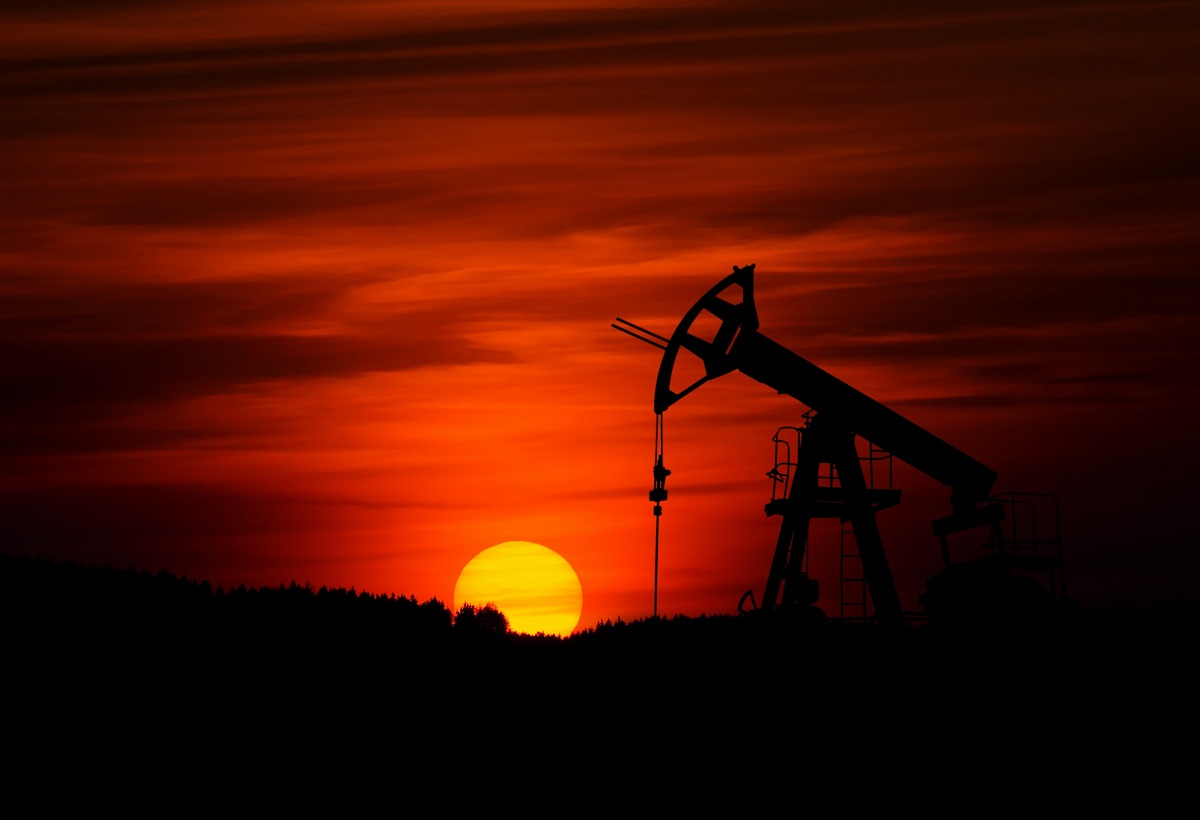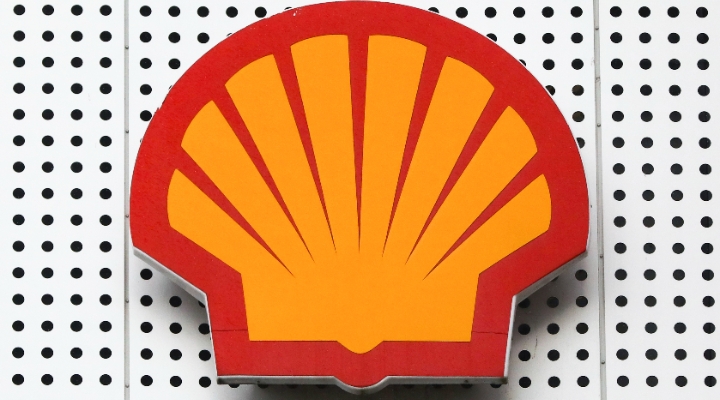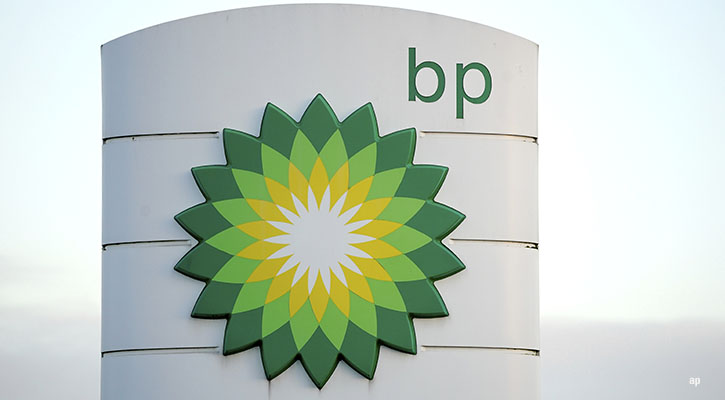
Oil prices have essentially moved sideways since the start of 2023. Some analysts believe they will finish the year higher, but nothing is ever certain with oil.
In mid-March, Jeff Currie, head of commodity research at Goldman Sachs, said the oil market was moving into a deficit situation and could push the price of a barrel above $100 before the end of 2023.
"Are we going to run out of spare production capacity?" the analyst asked Bloomberg, "In 2024, we start to have serious problems".
Time to Buy the Dip?
"I think it's a credible assessment," confirms Stephen Ellis, energy strategist at Morningstar.
"We have near-term surpluses for the first half of 2023, but we expect Chinese demand to come back up and pinch demand a bit."
It’s a view shared by Rafi Tahmazian, director and senior portfolio manager of the Canoe Energy Alpha fund. "We drink from the same water as Jeff Currie, he says. In the short term, we end up with surpluses, but the long-term perspective is quite different."
An unexpected supply shock has reinforced and accellerated Currie's forecast. On 2 April, OPEC+ announced a production cut of 1.16 million barrels per day starting in May.
It must be said that since mid-March, the barrel had already begun a sustained rally, following the anxiety caused by the banking turmoil, with crude WTI rising from $66.74 on 17 March to $83.25 in mid-April, while the international Brent crude index rose from $72.77 to $84.75. However, both indices have since fallen back to $75.35 and $79, respectively, likely held back by fears of a recession.
Investors Needed
Since 2008, Tahmazian says, "it is only in North America that we have seen growth in supply; the rest of the world has seen a steady decline, with 76% of supply in decline. There is no solution to the world's energy needs without an increase in oil supply. The only solution is increased capital spending in the oil sector."
After peaking at $779 billion in 2014, investment in new production capacity fell to $583 billion in 2015, hitting a low of US$434 billion in 2016, according to the International Energy Agency. From 2017, there has been a slow climb back up, with total investment reaching US$446 billion by 2022 according to figures from Rystad Energy reported by Stephen Ellis. "Investment is expected to increase by 12% in 2023," he adds.
Until recently, three developments have helped create an oversupply and pushed the price of a barrel to its mid-March low, a low where it is still languishing in early May after the April 2022 peak of $106, its highest level since the all-time high of $127 reached during the Great Financial Crisis.
For one thing, despite all the talk of economic sanctions against Russia, that country has been pushing production to a maximum and flooding world markets, continuing to supply China and India in particular. "The world continued to consume this oil, even if we wanted to punish the Russians," Tahmazian notes.
Then, the Chinese economy slowed down and reduced its demand by almost 3%. Finally, the US has drawn down its strategic petroleum reserves to unprecedented levels. Two of these factors have exhausted their pressure on prices: Russia has reduced its production and China's economy is showing signs of a sustained recovery. Following the OPEC+ announcement of production cuts, the US indicated it would continue to draw on its strategic reserves in order to mitigate rising prices at the pump.
But these factors are temporary. A major long-term trend will exacerbate oil deficits and keep prices high, Tahmazian says: unstoppable demand growth from developing countries.
"These countries have no infrastructure, no health care, no air conditioning, no middle-class, and they want it all, he asserts. And they intend to use oil."
Is Alternative Energy a Threat to Oil?
An important question for the financial markets is whether persistent oil deficits can be offset by renewable energy sources. The question is especially relevant to road transport: will electric vehicles be able to reduce oil demand quickly enough before oil deficits become a problem?
To both questions, Rafi Tahmazian answers "no". "In the last 20 years, despite all our attempts to make hydrocarbons obsolete, we have gone from 80% usage to...81%. The claims of the 'alternatives' are false."
Stephen Ellis sees the possibility of higher oil prices in part because he considers that renewables are not yet reliable, especially because of the lack of battery backup. He expects more situations like the one we've seen in Texas "where prices are going to come up because we don't have storage in the system". However, he ultimately does not share Currie's optimism, but rather envisages a rise of the barrel in the $ 80-90 range – certainly not the $100 Currie envisions.
All that said, one should keep a pinch of scepticism, as one Calgary energy specialist, who follows both the hydrocarbon and renewable energy sectors and requests anonymity, reminds us. First of all, he recalls, "we've been hearing about deficits driven by lack of investment by oil companies since 2018, yet we still hit an all-time low during the Covid and a significant surge after the Ukraine invasion".
Also, the oil sector is very politically controlled, he reminds us. Indeed, it is by unilateral decision that OPEC+ has just announced a production cut to the surprise of everyone, a decision that it can reverse just as quickly. "People ask me what the price of oil will be next year, he says. I always tell them, do you know what it will be tomorrow?"





























